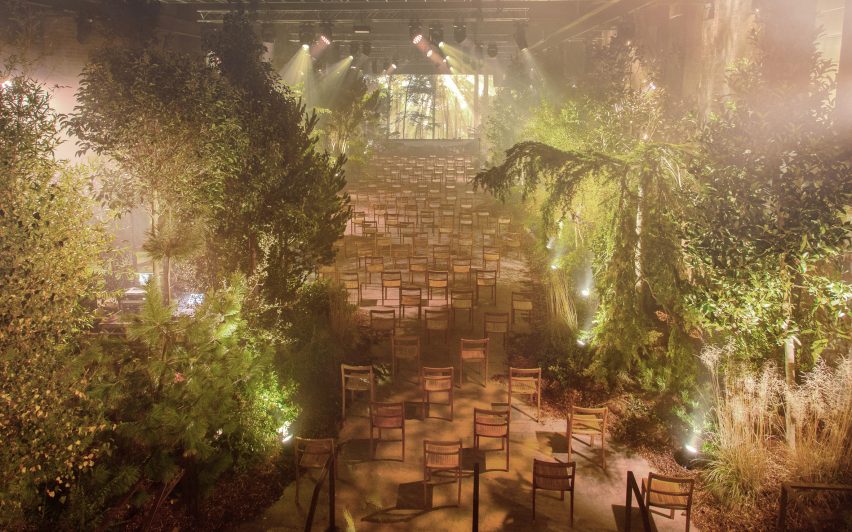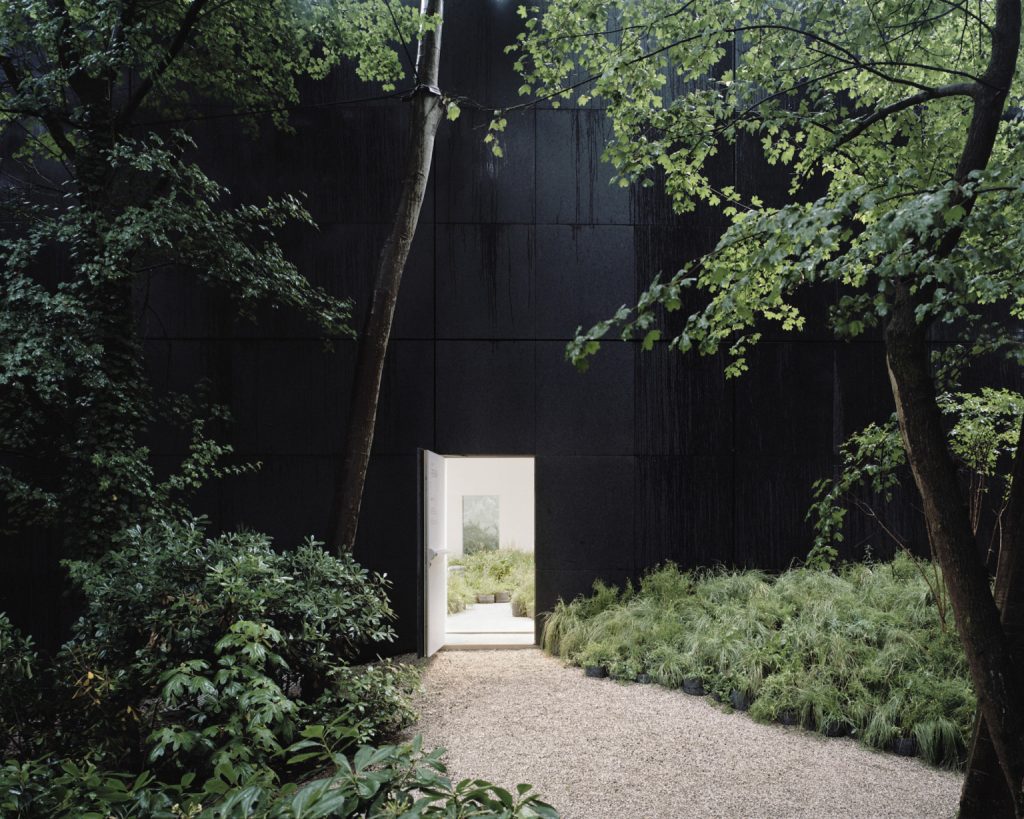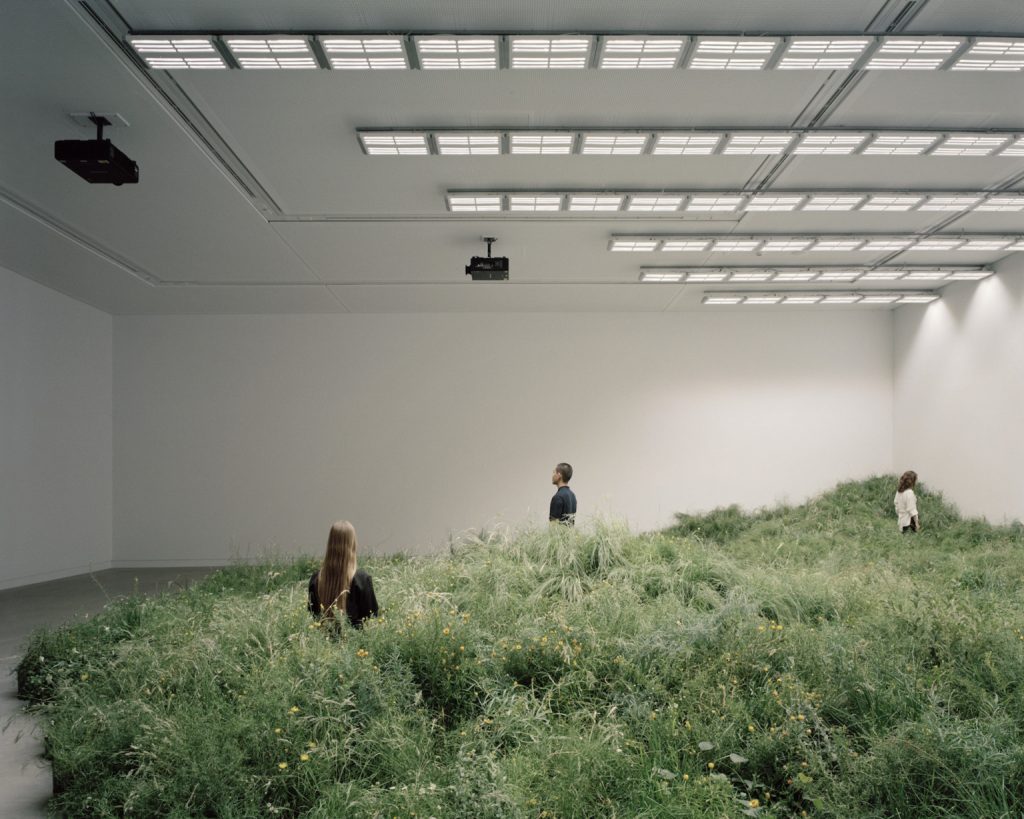We’re living in interesting times – honestly, I wish the days were rather more dull. In Colorado along the Front Range where I garden (fitfully it must be admitted), records from 1 July to 17 December report just 1.07 inches of rainfall in Denver. In Colorado Springs, we’ve had a few drops and some snowflakes floating around without purpose. During the day we bask in early summer warmth, but at night temperatures drop to well below freezing. No amount of bubble-wrapping the greenhouse or clever irrigation hacks can help.
Everything and everybody is stressed out; a couple of days ago, howling winds brought dust storms to our area and brought down many of the old evergreens in my 1958-built neighborhood. We can now see Pike’s Peak clearly from our living room window and witness that there is zero snowpack on the summit and that bodes ill for future water supplies. For context, similar conditions were experienced in the 1930s – the Dust Bowl years. Is it any wonder that as we approach our grandson’s 2nd birthday on Christmas Day, I can’t help but wonder what price will he pay for the climate change we seem unable to effectively control? Some gift, huh?

That’s not to say efforts are not being made to halt the decline, albeit unevenly, with less than 100% buy-in from world leaders. However, artists of every stripe are making statements to drive home the message that with ingenuity, investment and involvement, the future will not be as bleak as it might be. At the 2021 United Nations Climate Change Conference (aka COP26) British architect ES Devlin created “Conference of the Trees” by turning the New York Times climate hub/conference room into a forest of 197 trees representing the 197 countries that have ratified the United Nations climate change treaty. As Devlin described it, the trees would serve “non-human witnesses” to the dialogues with environmental thought-and-action leaders in the pavilion.

At the 2018 Venice Architecture Biennale, themed “Repair”, Australian artist Linda Tegg collaborated with Baracco + Wright Architects created ‘Grasslands Repair’ to bring attention to the disappearing grasslands of southeastern Victoria with an indoor installation of 10,000 plants in 167 species of plants that form that region’s unique habitat, one among many the world over, being threatened with extinction by over development and exploitation. The plants used in the display were grown from seed collected in the actual area being represented, which vanished, replaced by a road. Such is the price of progress.

When we go for our winter walks during these prolonged Indian-summer days, I encourage my grandson to find wonder and magic in the woods and parks we visit; he tenderly picks up the tiniest rocks, a crispy fallen leaf, a wee stick, or a desiccated berry. He marvels in these remnants, finding hidden magic in their existence, just as I did as child, encouraged by my German grandmother reading her childhood story book to me…in German… about a little boy who finds magic in a blueberry wood. I made up my own story from the illustrations; about a forest elf who introduces him to the blueberry boys and redcurrant girls who helped him collect berries to take home to his mother. What magic we can find, what treasure we can store up, and what memories we grow when we respect the artistry nature has created.

©Ethne Clarke, 2021
For more about the installation “Grasslands Repair” go to the Baracco + Wright website.
For information about Es Devlin and her many installations, stage designs and philosophy visit her website, and more about Conference of the Trees here .










